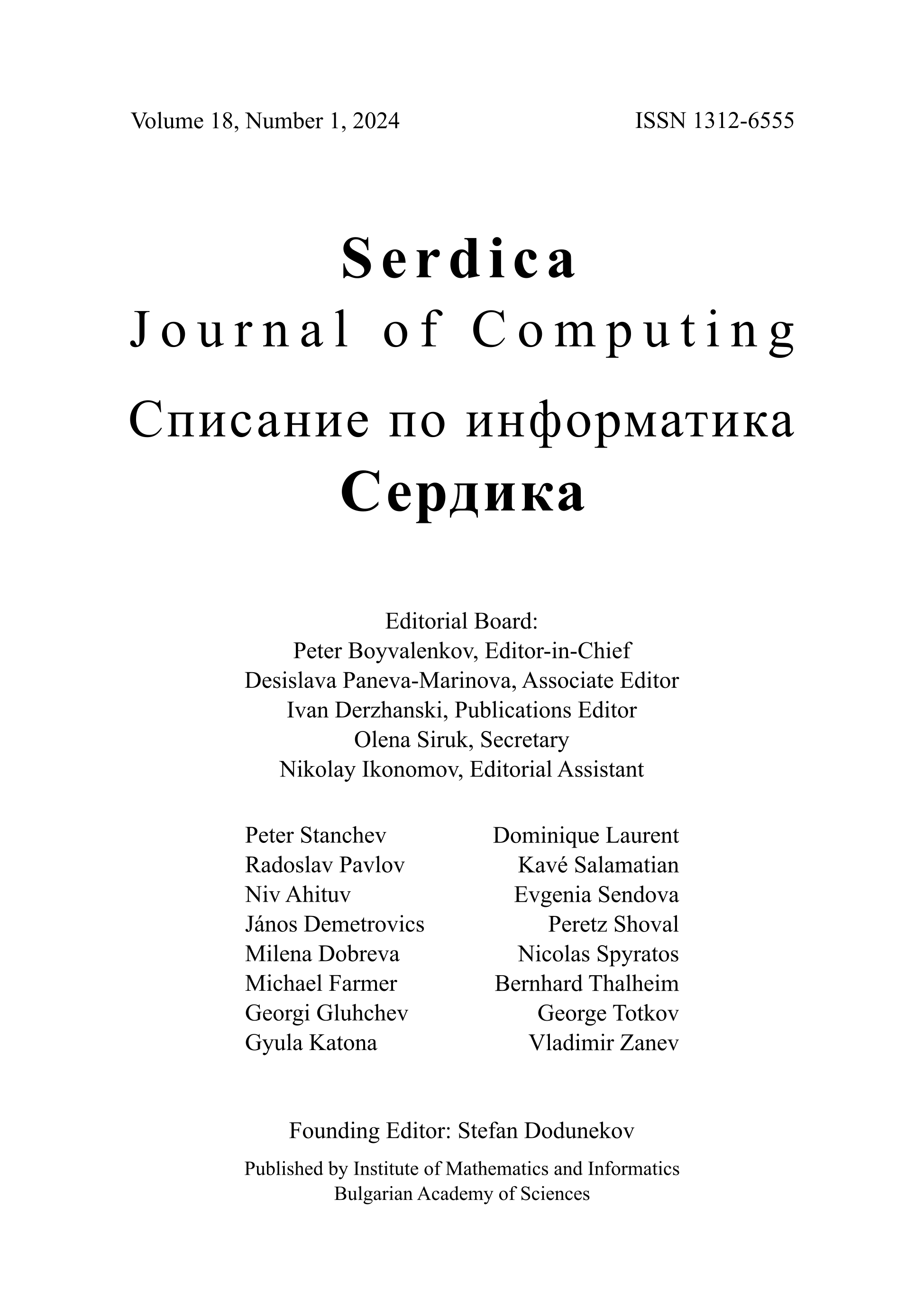On the Remainders Obtained in Finding the Greatest Common Divisor of Two Polynomials
DOI:
https://doi.org/10.55630/sjc.2015.9.123-138Keywords:
Polynomial Remainder Sequence (PRS), Sylvester’s matrices, Euclidean PRS, Subresultant PRS, Sturm sequence, Modified Subresultant PRSAbstract
In 1917 Pell (1) and Gordon used sylvester2, Sylvester’s littleknown and hardly ever used matrix of 1853, to compute(2)
the coefficients of a Sturmian remainder — obtained in applying in Q[x],
Sturm’s algorithm on two polynomials f, g ∈ Z[x] of degree n — in terms of
the determinants (3) of the corresponding submatrices of sylvester2.
Thus, they solved a problem that had eluded both J. J. Sylvester, in 1853,
and E. B. Van Vleck, in 1900. (4)
In this paper we extend the work by Pell and Gordon and show how to compute (2)
the coefficients of an Euclidean remainder — obtained in finding in Q[x],
the greatest common divisor of f, g ∈ Z[x] of degree n — in terms of
the determinants (5) of the corresponding submatrices of sylvester1,
Sylvester’s widely known and used matrix of 1840.
(1) See the link http://en.wikipedia.org/wiki/Anna_Johnson_Pell_Wheeler for her biography
(2) Both for complete and incomplete sequences, as defined in the sequel.
(3) Also known as modified subresultants.
(4) Using determinants Sylvester and Van Vleck were able to compute the coefficients
of Sturmian remainders only for the case of complete sequences.
(5) Also known as (proper) subresultants.

